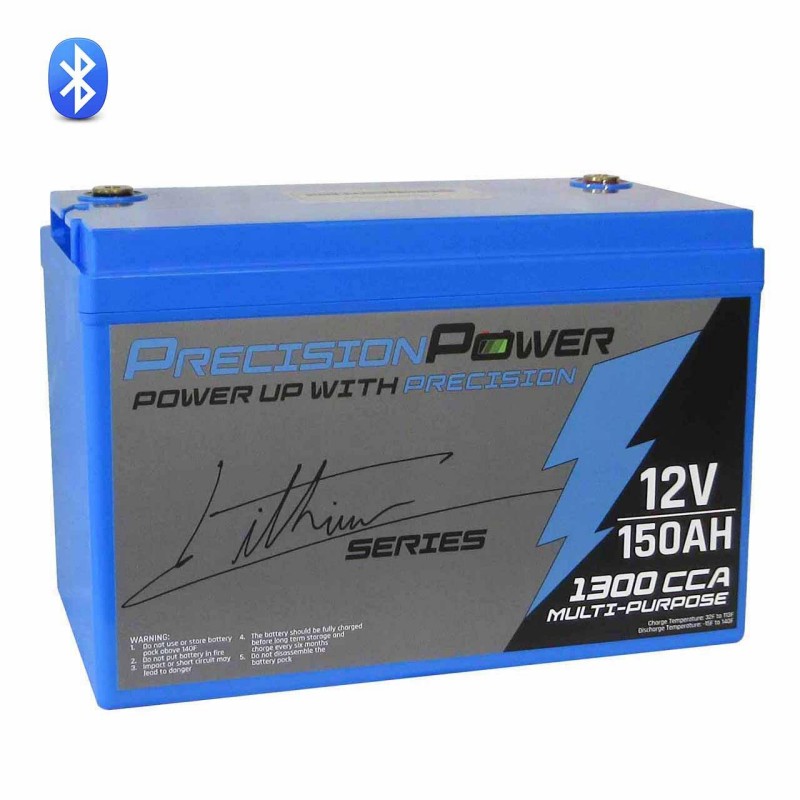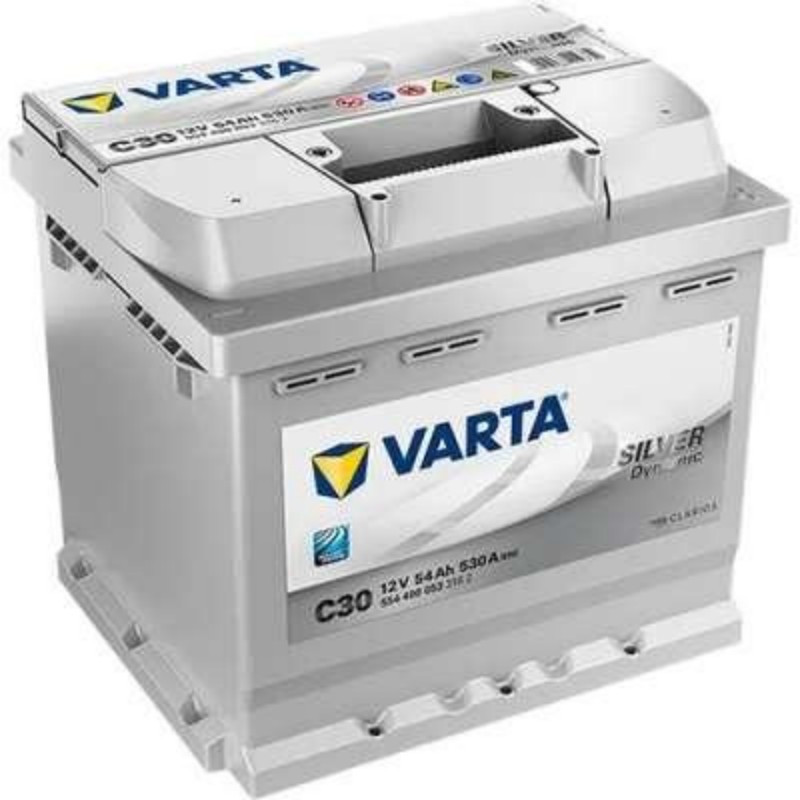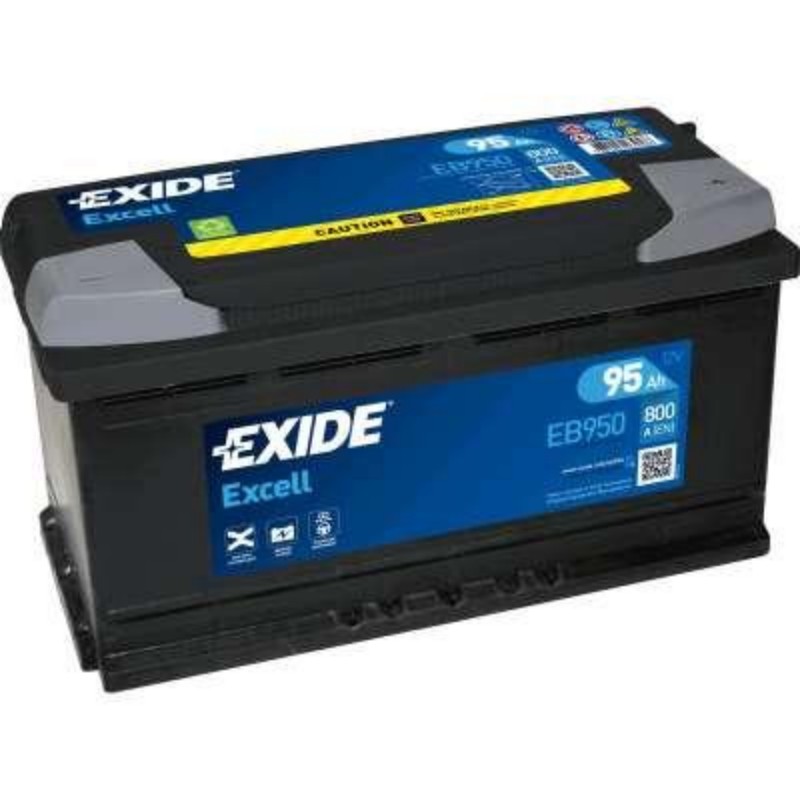Maintaining a motorcycle battery is crucial for the overall health and performance of your bike. Just like any other component, your motorcycle’s battery requires regular care and attention to function optimally. Whether you ride daily or only take your motorcycle out on weekends, understanding how to maintain your battery can prevent costly repairs and unexpected breakdowns. A well-maintained battery not only enhances your motorcycle’s performance but also contributes significantly to safety on the road. In this comprehensive guide, we will delve into the essential aspects of motorcycle battery maintenance, offering tips, techniques, and insights to ensure you keep your battery in top condition.
Understanding Motorcycle Batteries
Motorcycle batteries come in various types, including lead-acid, AGM (Absorbed Glass Mat), and lithium-ion. Each type has its attributes, products, and particular maintenance needs. Lead-acid batteries, for instance, are common in traditional motorcycles and may require regular fluid checks and top-ups. AGM batteries, while more expensive, offer better performance and require less maintenance due to their sealed nature. Lithium-ion batteries, becoming increasingly popular, are lightweight and have a high energy density but require specific charging methods to avoid damage. Understanding these differences is the first step in effective motorcycle battery maintenance.
Checking Battery Levels Regularly
For traditional lead-acid batteries, checking the fluid levels is essential for optimal performance. This process is particularly straightforward. Often, the battery will have a series of transparent sections where you can see the fluid level. If the acid is too low, it can lead to poor performance or even battery failure. Use distilled water to top up the battery fluid if necessary. It’s essential to ensure not to overfill the battery as well. Additionally, monitoring the charge level regularly will give you insight into your battery’s health and its ability to hold a charge.
Cleaning Battery Terminals
Corrosion can build up over time on the terminals of your motorcycle battery, affecting performance. Regularly cleaning the battery terminals is crucial to ensure a good connection between the battery and the motorcycle’s electrical system. To clean the terminals, you can use a mixture of baking soda and water. Apply the solution with a toothbrush, making sure to scrub carefully to avoid damaging the terminals. After cleaning, rinse with water and dry. Be sure to wear protective gear, such as gloves and goggles, during this process, as battery acid is corrosive.
Charging the Battery Correctly
Proper charging techniques are vital for motorcycle battery maintenance. Overcharging or undercharging can significantly shorten the life of your battery. If your motorcycle is equipped with a Battery Management System (BMS), follow the manufacturer’s instructions. For batteries without a BMS, a smart charger can help regulate the charging process. When charging, ensure the motorcycle is off, and avoid disconnecting the cables while charging to prevent short circuits. It’s recommended to charge your battery fully before the riding season or after a long period of inactivity.
Storing Your Motorcycle Battery
Storing your motorcycle battery correctly is another critical aspect of maintenance. If you plan to store your motorcycle for an extended period, remove the battery and store it in a cool, dry place. Ensure the battery is fully charged before removal, as a discharged battery can freeze and suffer permanent damage. If you’re in a region with extreme temperatures, keep the battery at room temperature. Check the battery every month during the storage period to ensure it holds a charge. Using a battery maintainer or trickle charger can help keep the battery in peak condition.
Recognizing Signs of Battery Failure
Being aware of your motorcycle battery’s signs of wear and potential failure can save you from unexpected breakdowns. Common signs include slow cranking during startup, dim headlights, or an illuminated battery warning light on your dashboard. If you notice any of these signs, it’s time to test the battery voltage with a multimeter. A fully charged battery should read about 12.6 volts; anything lower suggests the battery may be nearing the end of its life. Regular testing and monitoring can help you anticipate issues before they arise.
Replacing the Battery
Even with the best maintenance practices, every motorcycle battery has a finite lifespan. When it’s time to replace the battery, it’s vital to choose one that meets your motorcycle’s specifications. Check the owner’s manual for recommendations on size, type, and power rating. Purchasing a high-quality battery from a reputable manufacturer can also ensure better performance and longevity. Once you’ve installed the new battery, follow the initial charging and testing procedures to confirm it’s working correctly before hitting the road.
Delving Deeper into Battery Types and Their Maintenance
Lead-Acid Batteries
Lead-acid batteries remain the most commonly used type in motorcycles. They function through a chemical reaction involving lead and sulfuric acid, which produces electrical energy. Despite their widespread use, lead-acid batteries require regular maintenance.
Types of Lead-Acid Batteries
There are two primary types of lead-acid batteries: conventional flooded and sealed (or maintenance-free).
- Conventional Flooded Batteries: These batteries need periodic checks of the electrolyte levels and require top-ups with distilled water. They are more affordable but require regular maintenance.
- Sealed Batteries: These are maintenance-free and allow for less hassle. However, if the battery fails, you’ll have to replace it entirely, as you cannot refill the fluid.
AGM Batteries
Absorbed Glass Mat batteries have gained popularity due to their low-maintenance requirements and enhanced performance. They trap the electrolyte in a glass mat, which means they can withstand vibrations better and are less likely to leak.
Benefits of AGM Batteries
- Longer Lifespan: AGM batteries tend to last longer than traditional lead-acid batteries under similar usage conditions.
- Fast Charging: They can accept a charge much quicker.
- Vibration Resistance: Ideal for off-road riding, where vibrations and shocks are common.
Maintenance Tips
AGM batteries require less maintenance than their lead-acid counterparts, but periodic inspection is still necessary. Check for signs of damage and ensure terminals are clean and free of corrosion.
Lithium-Ion Batteries
Lithium-ion batteries are a newer technology in the motorcycle realm, offering a lightweight, compact design with higher power density.
Advantages of Lithium-Ion Batteries
- Weight Efficiency: They weigh significantly less than lead-acid batteries, improving your motorcycle’s overall handling.
- Longer Lifecycle: These batteries can last several years longer if cared for properly.
Maintaining Lithium-Ion Batteries
Despite their advantages, lithium-ion batteries require specific maintenance and charging protocols:
- Use a Compatible Charger: Always use a charger designed for lithium-ion batteries, as improper charging can lead to risks like overheating or damage.
- Avoid Deep Discharge: Always recharge before the battery gets too low, typically before reaching 20% capacity.
Seasonal Maintenance and Preparation
For avid riders, seasonal maintenance is critical, especially when shifting from riding in warmer to colder weather.
Preparing for Winter
As the riding season comes to an end, proper winterization of your motorcycle battery is vital.
- Charge Fully: Fully charge your battery before storing. Cold temperatures can reduce effective charge capacity.
- Remove from the Bike: Store it in a location that won’t experience freezing temperatures to prevent damage.
- Periodic Checks: Once a month, check the voltage and recharge if necessary to maintain performance.
Spring Preparation
As you prepare to bring your motorcycle out of winter storage, ensuring the battery is ready is crucial.
- Inspect Physical Condition: Check for corrosion or damage and clean as needed.
- Test Voltage: A quick voltage test can give you insights into whether the battery still holds an adequate charge.

Conclusion
Proper motorcycle battery maintenance is essential for anyone who wants to enjoy a smooth and safe riding experience. Understanding the types of batteries, monitoring fluid levels, keeping terminals clean, charging correctly, and storing your battery properly can all contribute to an extended battery life. Recognizing when to replace your battery is equally important to prevent unexpected problems on the road. By implementing these motorcycle battery maintenance tips, you’ll ensure that your bike is always ready to ride, enhancing both performance and safety.
In summary, motorcycle battery maintenance is not just about keeping your vehicle running; it’s about ensuring reliability and longevity. As a motorcycle enthusiast, investing time in proper maintenance practices will pay off in the long run, allowing you to enjoy the ride without worry.